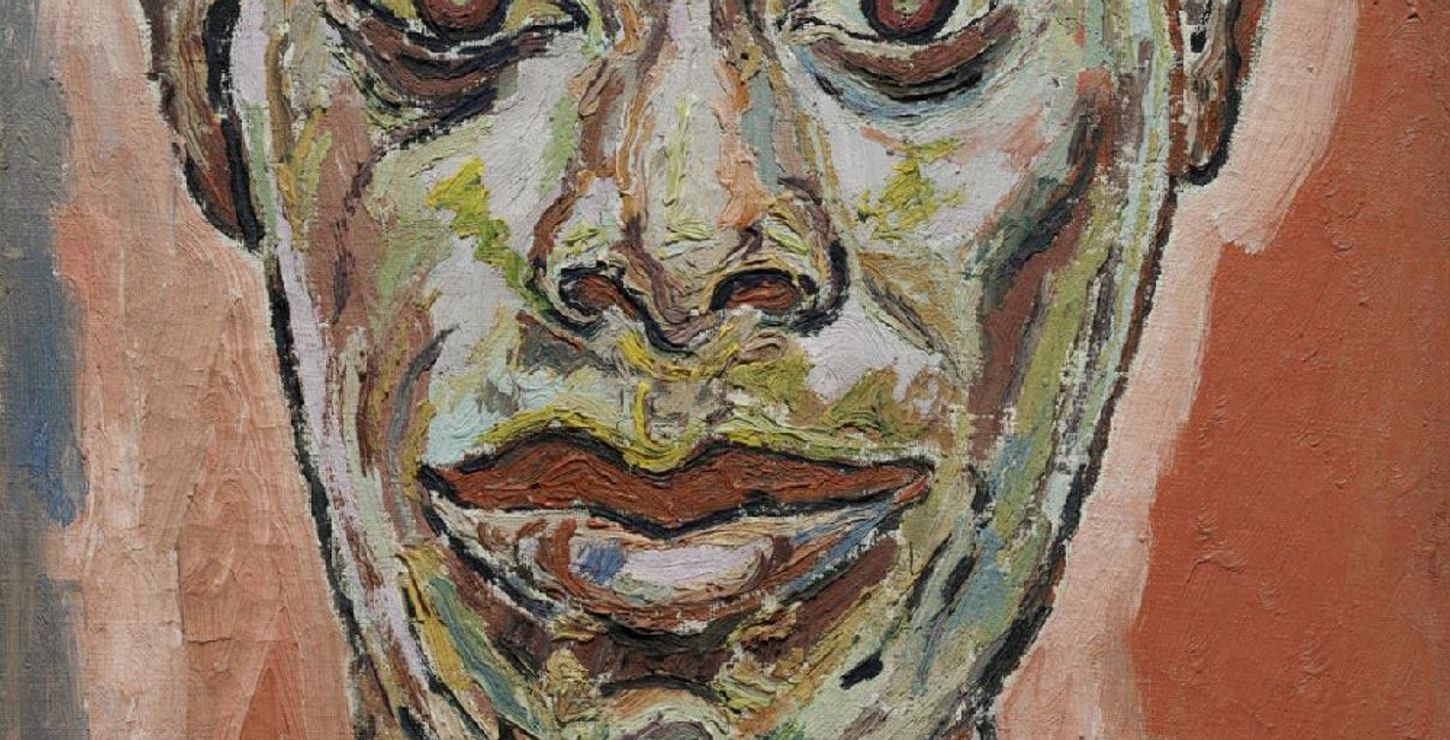Main Building
James Baldwin sang his praises, Georgia O'Keeffe drew his portrait, Henry Miller and Elizabeth Bishop counted him among their closest friends; and yet, Beauford Delaney (1901–1979), a gifted and original artist, was at times too poor to buy canvas, painting instead on pieces of a worn raincoat. The groundbreaking exhibition Beauford Delaney: From New York to Paris presents for the first time the story of this African American artist's development from a vibrant figurative painter of New York City scenes to a mature abstract expressionist capturing the moods of Paris.
Organized by The Minneapolis Institute of Arts, the exhibition spans the artist's most innovative and least well-known years between 1940 and 1968. Forty-eight artworks from both European and American collections will be on view, including several works from Delaney's earliest years in Paris that have never before been exhibited.
Born in 1901 in Knoxville, Tennessee, where his father was a preacher and church builder, Delaney was one of ten children. He migrated north in the 1920s, first to Boston where he worked odd jobs and studied art and then to New York City, where he painted colorful, engaging canvasses that captured scenes of the urban landscape. Delaney was fascinated and inspired by the urban landscape of New York; his works from that period express, in an American Modernist vein, not only the character of the city, but also his personal vision of equality, love, and respect among all people.
Delaney's life and his art changed dramatically in 1953 when he moved to Paris, where he lived until his death in 1979. Within months of his arrival, Delaney's artistic style shifted dramatically: he abandoned the tightly constructed figurative compositions of his New York period and embraced a colorful and luminous abstraction. The lyrical expressionism of these works may well have been a response to the liberation that Delaney felt in France, where blacks were warmly welcomed in the jazz clubs and literary circles of the post-war period. In Paris, James Baldwin, whom Delaney had mentored when he was a troubled high-school senior in New York, became an advocate and supporter. Baldwin wrote of Delaney: "Perhaps I should say, flatly, what I believe--that he is a great painter, among the very greatest; but I do know that great art can only be created out of love, and that no greater lover has ever held a brush."
Delaney's work is being shown in a deeply resonant context at the Museum. First seen in Philadelphia in 1947, it received a warm reception when it was shown at the Pyramid Club in an exhibition organized with the encouragement of Philadelphia artists Humbert Howard and Dox Thrash. Today, visitors in Philadelphia are able to see Delaney's work in the context of the Museum's collections, and especially alongside Vincent van Gogh, Paul Cézanne and many of the European and American modernists whom Delaney admired. The Museum's remarkable portrait drawing of Delaney by Georgia O'Keeffe is also part of the exhibition.
Organizers
This exhibition is organized by The Minneapolis Institute of Arts and supported by the Henry Luce Foundation and The Judith Rothschild Foundation.
Curators
Michael Taylor • The Muriel and Philip Berman Curator of Modern Art
Emily Hage • Andrew W. Mellon Curatorial Fellow of Modern and Contemporary Art
Location
Dorrance Special Exhibition Galleries, first floor
Itinerary
- The Minneapolis Institute of Arts • November 21, 2004–February 20, 2005
- Knoxville Museum of Art, Tennessee • April 16–June 25, 2005
- Greenville County Museum of Art, South Carolina • July 30–October 8, 2005
- Philadelphia Museum of Art • November 13, 2005–January 29, 2006




